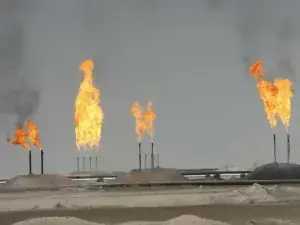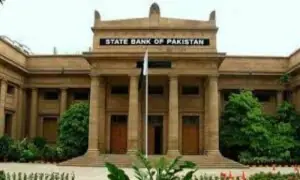Reforms take effect, Pakistan’s economy to grow 2.5% in FY2025, says ADB
Pakistan’s economy demonstrated signs of stability and recovery, with projected growth in FY2025 (ending June 30, 2026), as the impacts of stringent macroeconomic policies and ongoing reforms took effect.
According to the Asian Development Bank’s (ADB) annual publication, the Asian Development Outlook (ADO) April 2025, Pakistan’s real gross domestic product (GDP) was expected to grow by 2.5% in FY2025, maintaining the same growth rate as FY2024.
The ADB forecasted growth to rise to 3.0% in FY2026, supported by a more stable macroeconomic environment bolstered by the International Monetary Fund’s (IMF) Extended Fund Facility (EFF) arrangement initiated in October 2024.
Compliance with the economic adjustment program was deemed crucial for fostering resilience and facilitating sustainable growth.
“Pakistan’s economy benefitted from improved macroeconomic stability through robust reform implementation in areas such as tax policy and energy sector viability,” ADB Country Director for Pakistan, Emma Fan, stated .
She emphasized that sustained implementation of policy reforms was vital to maintaining growth and strengthening fiscal and external buffers.
In FY2025, growth was anticipated to be driven by a resurgence in private sector investment linked to reform progress, perceptions of enhanced economic stability, and a stable foreign exchange market.
The successful execution of the reform program was expected to continue fostering a more stable macroeconomic environment and gradually eliminate structural barriers to growth.
Economic activity in both the industrial and service sectors was poised to benefit from recent monetary easing and macroeconomic stability. Additionally, strong remittance inflows, lower inflation, and monetary easing were likely to support aggregate demand.
Average inflation was projected to decline significantly to 6.0% in FY2025 and further to 5.8% in FY2026, driven by continued moderation in food inflation, stable global oil and commodity prices, and moderate domestic demand conditions.
Despite these positive trends, female labor force participation in Pakistan remained low compared to regional peers. Enhancing women’s opportunities to work could boost productivity and promote female empowerment.
Continued investment in girls’ education, vocational training, improved public transport, and safe travel options was essential to reduce barriers for women entering the labor market.
The ADB noted that the growth forecasts were finalized prior to the announcement of new tariffs by the US administration on April 2, 2025. As such, the baseline projections reflected only previously existing tariffs.
However, the ADO April 2025 included an analysis of how increased tariffs may have impacted growth across Asia and the Pacific.
Read more
Moody’s upgrades Pakistan’s banking outlook from stable to positive
For the latest news, follow us on Twitter @Aaj_Urdu. We are also on Facebook, Instagram and YouTube.



















Comments are closed on this story.